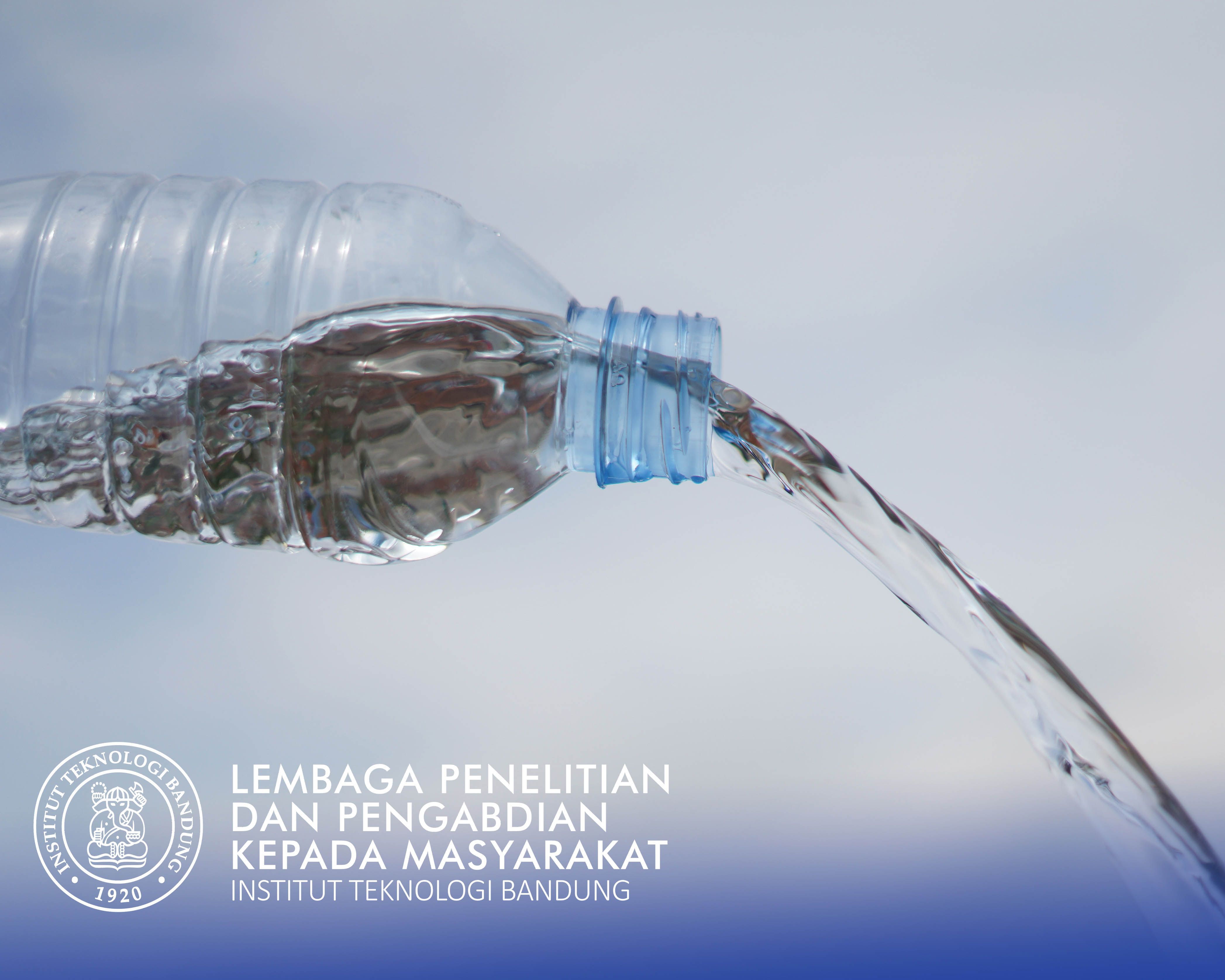

Isty Adhitya Purwasena
Water is one of the basic human needs which has a vital role in daily life, from drinking water, bathing, washing, to sanitation. In Kameloh Baru Village, Sebangau District, Palangka Raya City, Central Kalimantan Province, the community faces serious challenges in accessing clean water, especially because of its geographical condition in the form of lowland peat swamps on the banks of the Kahayan River. With an average rainfall of 2,191 mm per year, the abundant water storage capacity often causes flooding. Meanwhile, during the long dry season, the availability of clean water becomes very limited, with rainwater infiltrating the ground so that residents rely on river water. This challenge is exacerbated by the risk of heavy metal pollution due to illegal gold mining activities upstream of the river. Through community service activities, the team is trying to provide solutions by providing clean water infrastructure as well as education to the community. The main objectives of this activity include the construction of drilled wells with water quality that meets standards, water quality analysis, and education regarding clean and healthy lifestyles. Apart from that, this activity is also designed to increase public awareness of the importance of education and provide scholarship information to students at SMA Negeri 8 Palangka Raya. The results of this activity show several achievements. First, the drilled well that was built succeeded in producing clean water of good quality and provided a long-term solution for the local community. Second, analysis of water samples provides important data on water quality in the region, which can be used as a basis for further improvements. Third, the outreach succeeded in increasing public awareness of the importance of a clean and healthy lifestyle, which can be seen from the enthusiasm of residents in participating in discussion sessions. Fourth, socialization in schools is expected to motivate the younger generation to contribute to regional development through higher education. Through a participatory approach, this activity not only provides practical solutions to clean water problems but also empowers the community to be actively involved in maintaining the infrastructure that has been built. The success of this activity has become a model that can be replicated in other areas with similar conditions, in order to answer the community's basic need for adequate access to clean water.
1. Search and map the locations of water sources
- The drilled well that was built provides a new source of clean water that meets quality standards, improving the quality of life of the community. - Counseling helps people understand the importance of using and providing clean water for health. - A participatory approach encourages a sense of community ownership and responsibility for clean water infrastructure. - Counseling in high school provides insight into the importance of higher education and scholarship opportunities. - Water quality analysis provides important data for local solutions and policy development in similar regions.